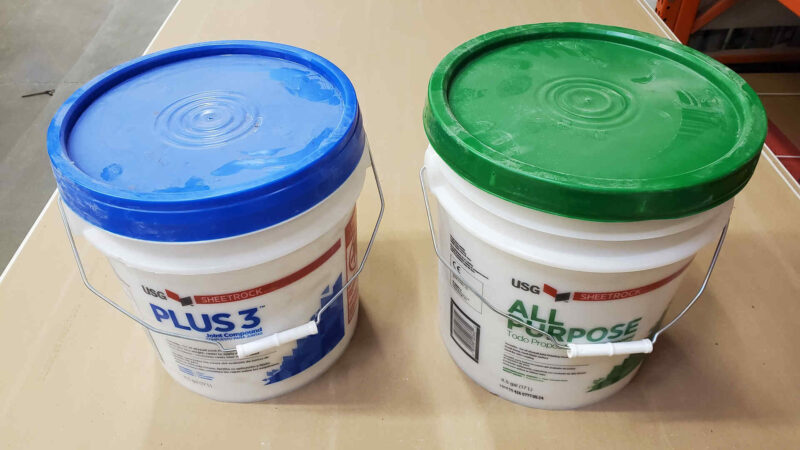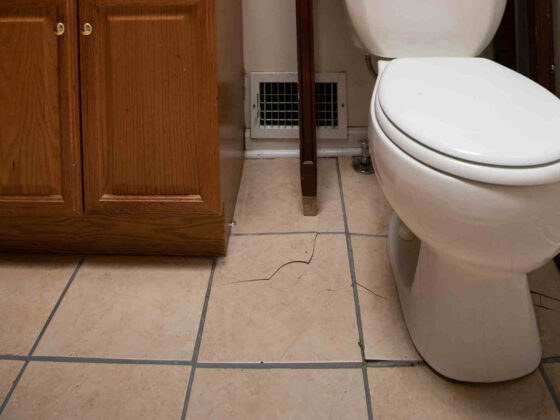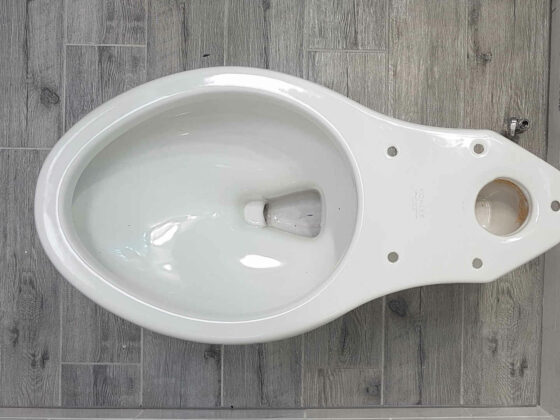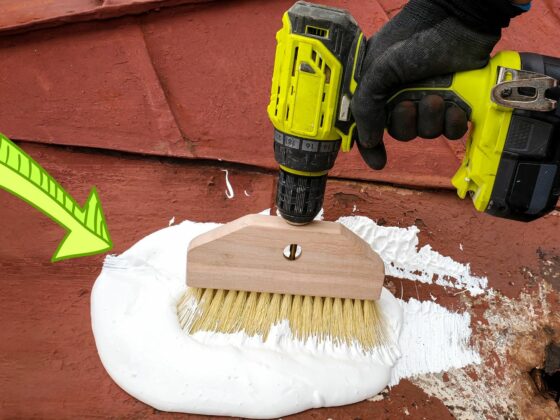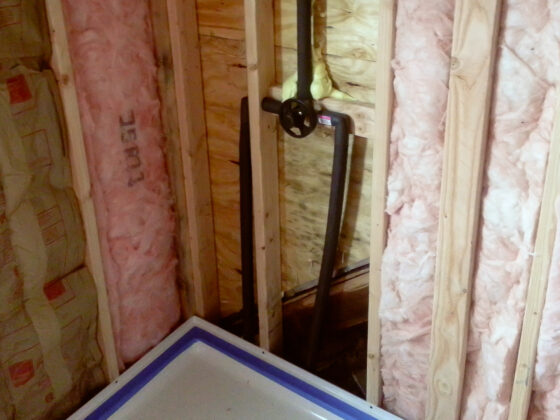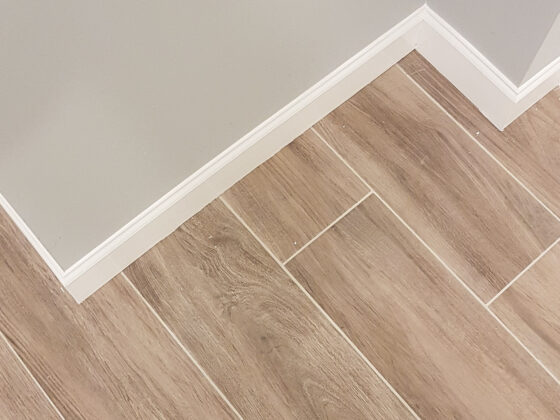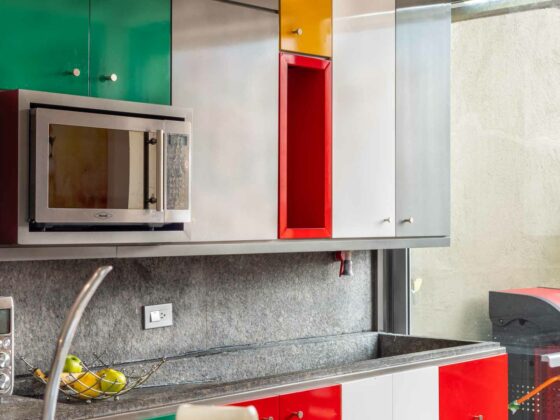When you are working on home restoration projects involving sheetrock, you realize that buying the right materials is winning half the battle. This is especially true when it comes to buying drywall joint compound or drywall mud. Each type is made for a specific purpose and must be used accordingly to get the job done most efficiently. When looking at the different drywall mud options, you might be wondering about the difference between green and blue lid joint compounds.
What is the difference between green and blue lid drywall joint compounds? The green one is used as an undercoat for the first layer (for both joints and corners) whereas the blue one, also known as finishing mud, is used as the second layer. The former is more durable but difficult to sand whereas the latter is the opposite.
Similar to spackle, drywall mud also comes in many different types. To understand their differences when it comes to purpose and application, we need to dive a little deeper into how they work and their pros and cons.
If you want to learn more about how to estimate how much putty is needed for a drywall project, I recommend you to read this article: “Everything About Estimating Materials for Drywall Project” and if you want to read about the differences in the types of drywall discs read this article: “What is the Difference Between Green and White Drywall?“
Ask on our forum
If you have any other questions that are not answered in this article, you can ask them on our Home Improvement Community Forum by clicking on this link.
How are blue lid and green lid drywall joint compound different from each other?
Despite how they are named, the color of the drywall mud isn’t what distinguishes them. Any type of joint compound can be tinted similar to primer paints to distinguish it. This is done usually to separate the compound visually when you apply it in layers. The blue drywall mud called lite blue comes in a light blue color. This is lightweight and easy to sand. However, it isn’t as durable as the green lid. Due to its excellent finishing property, it is often used as the second layer over the coating of green drywall mud. After all, stability comes before finishing when it comes to any restorative work.
The green lid drywall mud on the other hand is not green in color but white. Once it’s dried, it appears even whiter. Because of this, it’s useful to have a blue hue on the second layer. Green drywall mud is superior when it comes to durability but is very difficult to sand. So, you can use it as the second layer. To save time and effort, it would be wiser to use the blue lid one instead. The green one also has more glue in it and shrinks a lot once it’s dry. This makes it less efficient when it comes to using it for skim or finish coats.
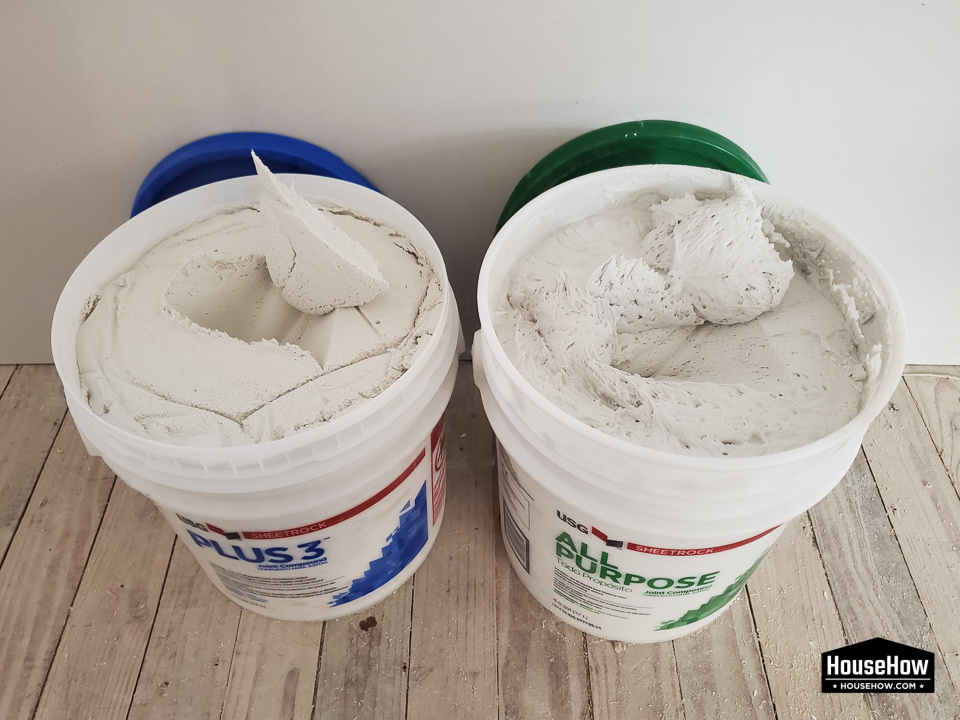
Let us take a look at the main differences between the two.
Green lid joint compound
- Great open time and cold bond
- Excellent durability
- More adhesive
- Best used when applying the tape
- Difficult to sand
- Shrinks more after drying
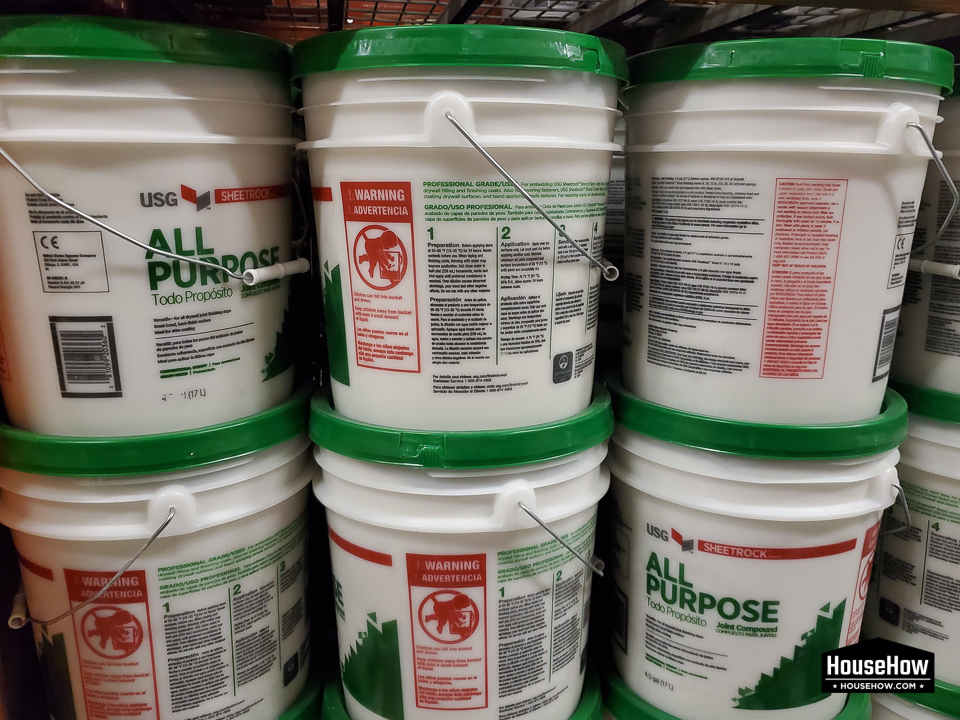
Blue lid joint compound
- Shrinks less when dry
- Best used as a finishing coat (second or third coating)
- Very easy to sand
- Has a specific purpose
- Less durable
- Less adhesive
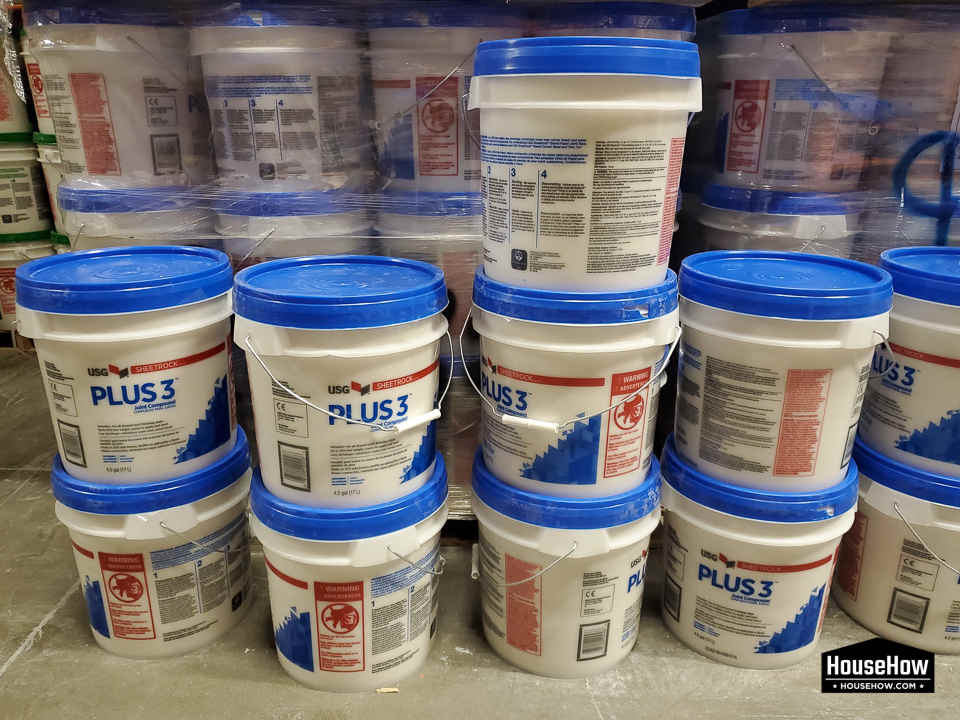
What is dust control joint compound?
Dust control joint compound is a type of blue lid drywall mud that utilizes a unique formula that makes the dust clump as you sand. Since the dust becomes heavier, it falls easily onto the ground rather than floating in the air powdering the surface. Regular joint compounds use over 35 percent of limestone but less than 5 percent for mica and talc. Dust control joint compound, however, uses more than 50 percent of limestone. It is important to note that standard drywall mud gives a smooth finish whereas the dust control one offers a rough finish. With the dust clumping, it also makes the sanding a little more difficult.
There are also a few things to know before using a dust control joint compound. If you use it, you need to put up dust barriers to keep the fallen dust from spreading all over the room. However, it will be easy to clean as the dust won’t escape through any small hole in the barrier. They are also more expensive and so should be bought for working in large areas unless you have a high budget. If you want to keep costs low but use it for better convenience, apply it only in small areas that are more prone to dust.
Related questions
Is the “Easy Sand Lightweight Setting in the bag” the same as “premixed joint compound” in the bucket?
Though the phrasings may be a bit confusing, they are not the same. It hardens after 5 to 90 minutes and is used usually for heavy fills in drywall interiors and ceiling boards. It’s lightweight and easy to handle and comes with excellent bonding properties but is hard to sand. A premixed joint compound provides a lot of convenience with a great open time and cold bond. You also don’t have to waste time mixing, thinning and re-tempering it.
Can I use blue drywall mud as the first layer?
Yes, you can but it won’t be worth the effort or time as it is far less durable than green drywall mud. It is primarily made for finishing and is usually used for the second or third coats as it is extremely easy to sand. However, as its durability is quite low, you will see cracks appearing over time. It will also get scratched or dent more easily due to its lesser density. So if you are a beginner when it comes to working with drywall mud, always use the green one for the first layer and the blue one for the second or third layer.
Can I use green drywall mud for both layers?
You can use green drywall mud for both layers instead of using the blue one for the second or third coat. However, as it is denser and comes with more adhesive properties, you will have to spend a lot of time and effort when it comes to sanding and requires several sheets of sandpaper. It’s fine if you love restoration work and working on sheetrock projects and have enough patience but as a beginner, it will make you lose interest in the project very fast.
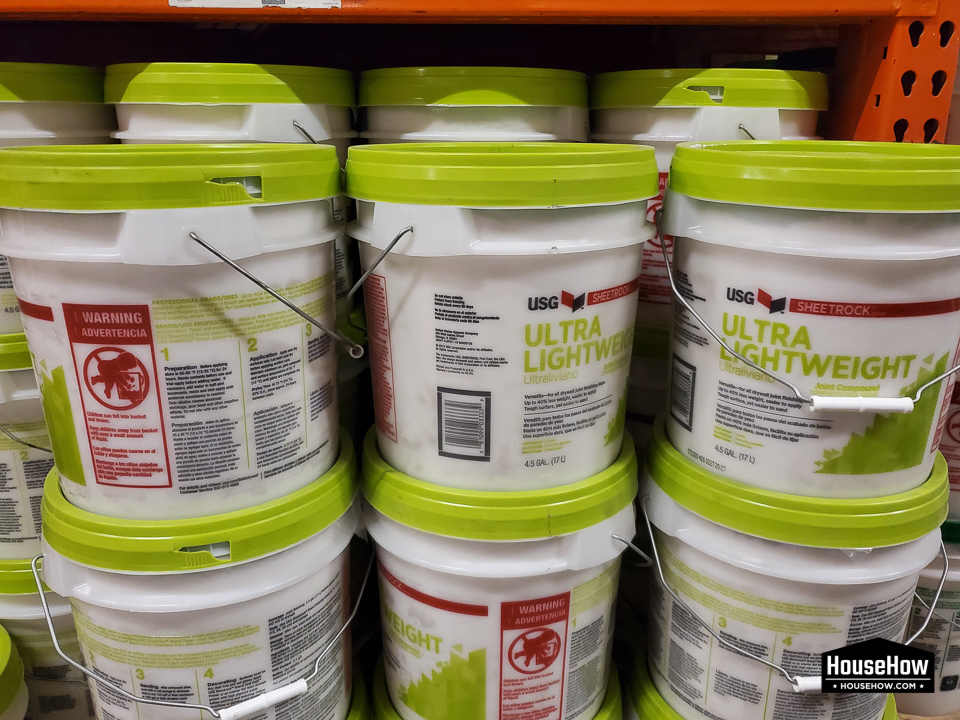
Related community topics
If you have any other questions that are not answered in this article, you can ask them on our Home Improvement Community Forum by clicking on this link.

